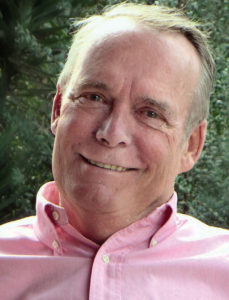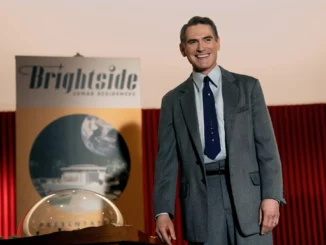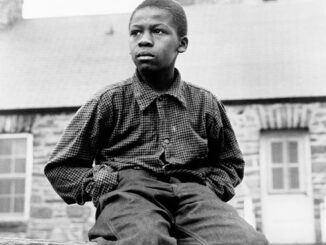
by Herbert H. Dow, ACE

Reading and stories had always fascinated me. So, after high school, I enrolled at UCLA as an English literature major until I could figure out how to channel that interest. I met Sandy, my future wife there and we soon married. She was a film editor’s daughter––but I had no idea how that would change my life…
Two years went by as I struggled with a plan for my future until finally my father-in-law, Robert L. Swanson, started inquiring if I wanted to go to work for a living. “Swannie,” as he was called, was editing the Mannix television series at Desilu and earlier had won an Emmy for editing The Untouchables.
I was able to land a job at Desilu and got into the Editors Guild after working a designated number of days. My first job was hot splicing commercials into the air prints for Star Trek, Mission Impossible and Here’s Lucy. (For those of you under 40, hot splicing involved scraping the emulsion off the end of two different pieces of film, then applying glue and holding them together in a hot mechanical device for a moment until they bonded; that was the way you put all edits together at the time.) Back then, the studios delivered 35mm prints to the networks for airing––one for the East Coast and one for the West Coast. Next, as an apprentice, I went into “film shipping,” where we did all the splicing, coding and transporting of the film around the lot.
Four years after my start at Desilu, it was sold and became Paramount Studios. On an interesting note, Lucille Ball, who was running the studio since her husband Desi Arnaz retired, put in a clause that no one from Desilu could be let go for two years after the sale. Imagine that happening now in this world of entertainment mergers?
My first assisting job was on The Odd Couple, a multi-camera film sitcom. The editor was Bob Kern, who became my first editing mentor and taught me the basics of how to cut comedy. The series shut down because of a writers strike, so I went over to assist my father-in-law on Mannix since they had all 28 scripts already written and weren’t affected by the strike. “Swannie” worked right up until his last moment, dying of a heart attack in his editing room at Warner Bros. while cutting the TV movie remake of From Here to Eternity.
In 1984, my career path took me into the dawn of the electronic age when I was hired to edit Still the Beaver, a half-hour, single-camera comedy which was going to use one of the first nonlinear editing systems.
Back then, you would screen dailies with the crew every day at lunch in a projection room. You had the producers, director, cameraman, script clerk, sound––basically everyone came to dailies and the assistant editor took all the notes. You were there when every creative decision was made and this was how you learned the art. When it came time to screen a cut, you ran the shows in a projection room without stopping or backing up. The notes were always about story points and show length, not about trimming here and there; the editors were expected to take care of that without directions.
I assisted and learned from Kern, “Swannie,” George Brooks and Richard Bracken––who gave me my first editing break on a movie-of-the-week by moving me up to co-editor. My first solo-editing job was on an MGM series called Lucan, about a man who turned into a wolf to help people. Surprise, surprise: It only lasted seven episodes. The next was Logan’s Run, which also only went a few episodes. But it didn’t matter so much then because the industry was different; you worked for the studio and the shows came and went.
In 1984, my career path took me into the dawn of the electronic age when I was hired to edit Still the Beaver, a half-hour, single-camera comedy which was going to use one of the first nonlinear editing systems. It was called Ediflex and had a 64K Commodore computer controlling eight VHS decks (each with the same material), which acted like a crude version of today’s storage. As the first editor to use it on a series, I ended up helping it develop into the most popular system of its time. Sadly, Ediflex failed to make the transition to digital and passed into history––but not until selling its patented script program to Avid.
I am now retired from editing, collecting a pension through the Motion Picture Pension Plan and currently working as a consultant for the television industry. I look back over the years and am grateful for the many wonderful producers and editors who helped make my career a success and remain my friends today.





